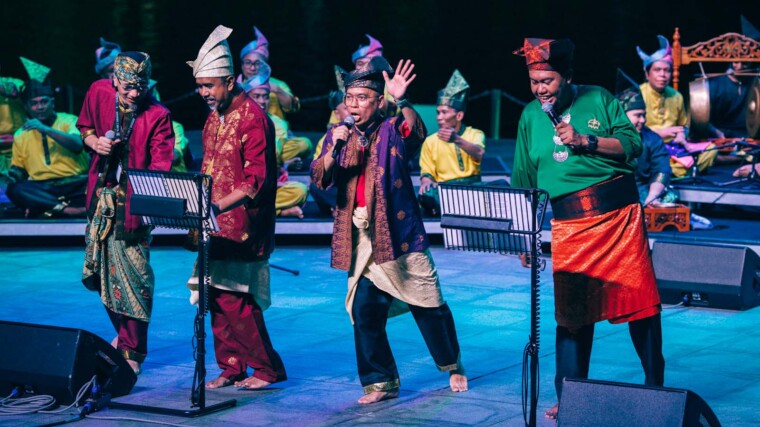|
Audio Version Available
|
Malay traditions in Singapore are vanishing as the younger generation takes less pride and interest in preserving them amid the rapid wave of globalisation.
With the technological progress and modernisation that Singapore proudly embraces comes the gradual erosion of our local flavours – our unique languages, art, traditional values, and customs that have shaped us for generations.
“With how fast globalisation is going, the pressure to adapt to modern lifestyles and values might and will eventually erode some of our cherished customs and practices,” says Nurul Hanees, a 21-year-old marketing executive who is deeply immersed in the Malay cultural and arts scene.
As a Malay youth born and raised in this little red dot, I’ve had the opportunity to proudly don my baju kurung and baju kebaya during festive seasons such as Hari Raya Aidil Fitri celebrations throughout my adolescence.
My love for the Malay language even landed me a spot on the Malay Language Council, where I championed various initiatives aimed at promoting my beloved mother tongue.
Yet, as the years rolled by, I couldn’t help but feel a disconnect from my own culture and heritage through the loss of my mother tongue.
It dawned upon me that this wasn’t my own struggle; it is a pervasive issue faced by Singaporean Malays across the nation.
The Impact of Globalisation and Western Media on the Malay Culture
Over the years, the arts and cultural scene in the Malay community has undergone significant transformation.
For instance, traditional Malay dance and music, such as the wayang kulit, dikir barat, zapin, and angklung, which once thrived as integral parts of our culture, are now struggling to find foot among today’s youth.
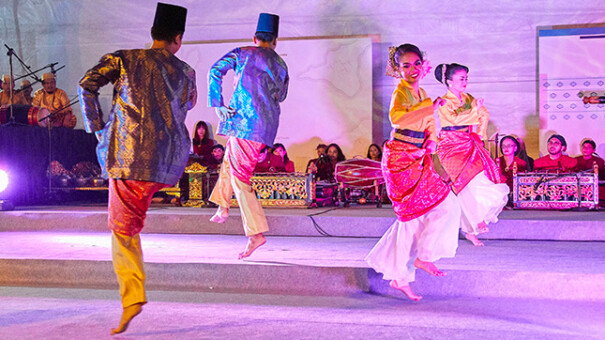
(Image source: National Heritage Board)
“Exposure to diverse cultures and fast-paced lifestyles has certainly shifted preferences, and traditional arts might be perceived as less relevant and time-consuming,” says Hanees.
As Singaporeans, our exposure to a diverse range of cultures and perspectives has been a catalyst for understanding the different ethnic groups. Coupled with the powerful influence of Western media, this has given rise to a new trend – a trend of individualism – particularly among the youth.
This shift in individualism can be seen in the declining interest in the traditional arts and cultural scene from the younger generation.
Instead, modern forms of entertainment such as Hip Hop dance, show choir and English drama, all of which originated mainly from the United States, have taken precedence.
While youths should be allowed to learn and appreciate different forms of art, the rise of such contemporary art may foster a stronger inclination towards Western culture, therefore contributing to a sense of disconnection from the Malay heritage.
A Rise in Modern and Western-Style Weddings among the Malay
Hanees vividly recalls her upbringing in the heart of the Malay Community, saying that she witnessed firsthand the gradual shift away from our cherished old customs and traditions.
One distinct change was the increase in Malay families being drawn to Western influences, a transformation which has left a mark on the style of traditional Malay weddings.
Such changes are evident in the growing choices for Western-style wedding attires. Malay couples are increasingly opting for suits for grooms and white bridal gowns for brides, moving away from the traditional baju kurung songket.
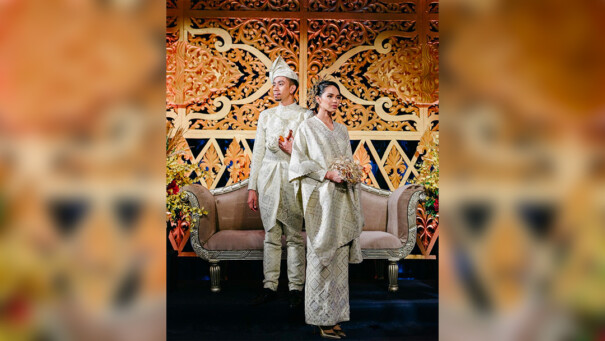
(Image source: Erin Sakura)
“The shift towards Western-inspired wedding attire, like white gowns for brides and suits for grooms, has altered the visual identity of traditional weddings. While these choices reflect personal preferences and contemporary trends, they can potentially dilute the distinctiveness of Malay wedding attire in the long run,” Hanees says.
Norish Khairina, a 25-year-old who recently tied the knot in a wedding that leaned more towards modern aesthetics, has a different perspective. She cites her choice of a white bridal dress as a more practical option in terms of cost.
“The songket outfit, traditionally worn during Malay weddings, is very expensive due to its material. If we were to buy it, we would probably never wear it again,” Norish says.Malay weddings typically incorporate both Islamic practices as well as Malay customs. In Singapore, the core elements of a traditional Malay wedding are the akad nikah (the solemnisation), the bersanding (wedding reception) and bertandang (the ceremony to welcome the bride and in-laws).
While these core elements remain, changes in venue have marked a shift in how these events are celebrated.
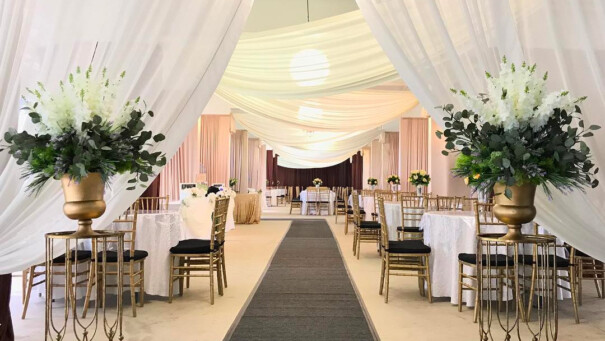
Traditionally, the receptions were often held in communal settings like community centres or HDB void decks, reflecting the communal spirit of the Malay culture.
Today, these venues have now been overshadowed by a rising preference for more upscale locations such as hotels, private function rooms and outdoor wedding spaces for exclusivity and modernity.
Choosing to opt for an outdoor wedding space at Civil Service Club, Norish made a deliberate choice not to follow the conventional Malay wedding venue route. Her decision was driven by a desire to create a memorable experience for her guests.
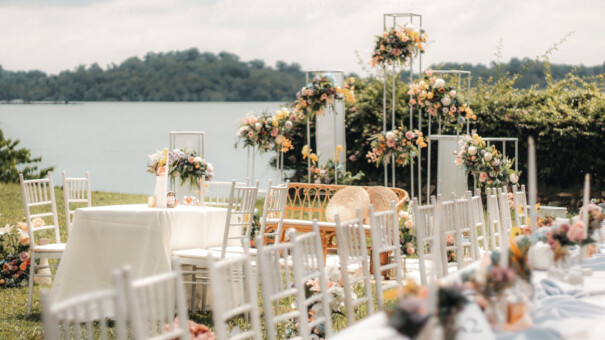
(Image source: Noreen Shazreen)
“We wanted a memorable wedding for everyone, not just us. I believe that most of the Malay weddings are the same, and you don’t really remember about it after some time because they can be mundane,” she says.
Within the evolving landscape of Malay weddings, some couples now have also chosen to forgo certain cherished traditions like kompang and silat pengantin.
The kompang, an iconic traditional musical instrument, served the purpose of welcoming the arrival of the bride and groom as they made their way to the wedding venue.
English Language slowly replacing Malay Language as the most spoken Language among younger Singaporean Malays.
Language is yet another significant aspect of the Malay culture that has been dissolving over the years.
While Malay is still spoken widely in many households, there has been a surge in the use of English as the main language of communication, especially among the younger generation.
According to a 2019 report from the Ministry of Education, only 18 per cent of Malay households used English as their main language of choice two decades ago. This is a stark contrast, as a whopping 67 per cent of them have made English their main language today.
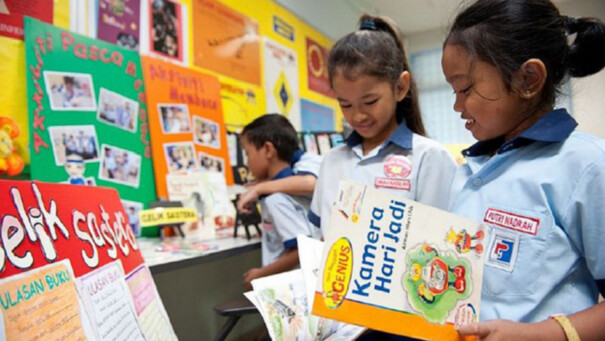
While efforts have been made to initiate the mandatory policy of Malay students taking the Malay language as their mother tongue in schools, the preservation of the Malay language still faces challenges when youths advance to higher level education and enter the workforce, where their mother tongue is not made part of their daily interactions.
In a 2019 study, nearly 40 per cent of Singaporeans perceived that their mother tongue is less relevant in today’s society. This changing perception, especially in the professional sphere, may contribute to some youths losing interest in learning their mother tongue, assuming it holds little practical value in their lives.
Recalling her experience as a Malay language tutor, Hanees says: “I’ve met Malay students who are uninterested in learning more about our mother tongue, seeing it as a chore rather than a part of themselves.”
While most believe it is inevitable to lose their mother tongue with age, others point to our environment and the prevalence of speaking in English as key factors driving this change.
Norish explains, “We speak more English and Singlish than we speak Malay. I have Malay friends who don’t know the meaning of certain Malay words because we don’t learn it in schools or their family rarely communicates in Malay.”
This highlights the importance of parents’ roles in children’s language development. Perhaps, parents can take on a more proactive approach in engaging their children in regular conversations in Malay, as the foundation for a language lies within the confines of a home.
This can be achieved by increasing the use of Malay in daily interactions or by collectively watching Malay dramas on television.
Finding Ways to Preserve the Malay Culture and Heritage
It is important that we connect back with our roots and find opportunities to rekindle the essence of what it truly means to be Malay.
Hanees says that although some Malay customs and practices have slipped away in the last decade with modernity and individualism, she emphasises the significance of reviving the tradition of wearing the baju kurung and incorporating the Malay language into our everyday lives.
“The baju kurung not only reflects our unique heritage but also embodies grace and modesty. Speaking Malay helps preserve our linguistic roots and maintains a strong link to our cultural history. These practices are symbols of our identity that we should embrace and pass on to future generations,” she adds.
This month is also monumental as Bulan Bahasa, the Malay Language Month, is being celebrated. During this month, schools are intensifying their efforts to motivate the Malay community to embrace the Malay language in their daily lives.
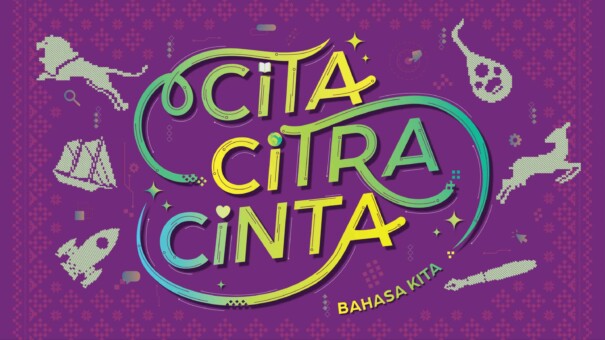
As the government remains committed to pushing more efforts to support the preservation of the Malay culture and language, such as implementing Malay as a second language in primary and secondary schools and supporting cultural events that promote unity between the Malays, the onus falls on us.
We must delve deeper into our cultural roots and try our best to integrate our heritage into our daily lives. This can be done by actively engaging in Malay events, which are frequently hosted at Wisma Geylang Serai, and weaving the Malay language into our daily conversations.
Singaporeans need to look into revitalising the kampung spirit back into our nation, as not only will it help to strengthen the Malay community, but it will also reinforce the value of togetherness in Singaporean society.
